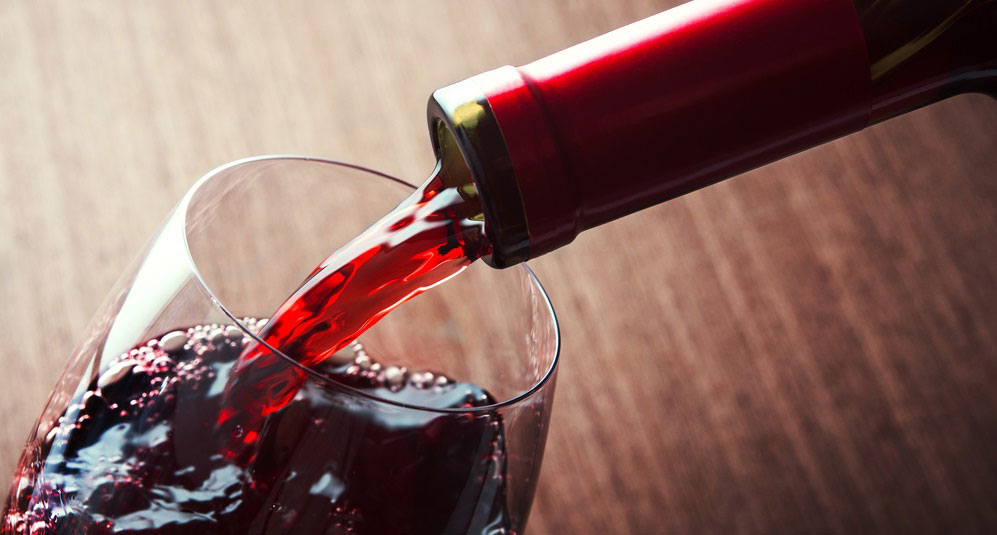How to Turn Your Tap Water Into Wine
What if you could turn your tap water into wine?
Well now you can, according to San Francisco based company, Ava Winery, who offer ‘designer wines’ based completely on water and no grapes are required.
A recent article in Chromatography Today describes how a pair of former classmates, with backgrounds in biotechnology and science education, visited a winery in Napa Valley, California, and were shown an expensive bottle of 1973 Chateau Montelena Chardonnay – wine famous for the being the first Californian wine to be judged better than French Chardonnay. The realization that they could never afford such a bottle of wine prompted an idea to challenge the conventional method of wine making. Wine is essentially made up of many compounds, so what if, instead of picking and crushing grapes, the essential compounds could be replicated in a lab?

After a few attempts to add the necessary flavorings to ethanol they realized that gas chromatography and mass spectrometry are essential applications required to find out what molecules make up wine and what effect they have. After the key ingredients were identified, they were added to ethanol to make up the typical wine composition–~13% ethanol, ~85% water, and flavor, texture and color molecules.
Ava Winery future plan is to produce an engineered champagne – a copy of a 1992 Dom Perignon. You are probably interested to find out how it tastes? New Scientist magazine had a couple of their sommeliers to test one of Ava Winery’s synthetically produced wines and you can find out what they thought about it here.
Who knows, perhaps in the future synthetically engineered wine will be mainstream and we will be able to create our personal favorites with a touch of science?
------------------
Gas chromatography and mass spectrometry, analytical methods used to determine the composition of wine, are also used for a variety of other applications, such as medical, pharmaceutical, forensics and environmental analyses, for which a reliable and consistent supply of gases is essential. A gas generator from Peak Scientific is a robust and convenient solution providing on-demand nitrogen, hydrogen and zero air gases for these and a variety of other laboratory applications. Peak gas generators also provide multiple benefits over traditional gas sources, such as cylinders and dewars, as it is a safer, more ecological, convenient and reliable option to keep your lab running, without disruptive down-time due to running out of gas or cylinder changeover.
To find out more about our GC gas generators you can visit our Product page or get in touch with us and one of our product specialists will be happy to assist with any questions you may have.
Beyond assisting GC and GC-MS in determining the perfect composition of wines, Peak has also developed a high flow, high purity nitrogen generator system which is used in the production of wine. Wine, like most foodstuffs, is prone to spoilage if left in contact with oxygen, this is why an inert gas, such as nitrogen, is so important for ensuring the quality of the end produce. In wine production nitrogen can be used at several different stages of the production process:
- Sparging out dissolved contaminants (e.g. O2 or CO2)
- Blanketing storage tanks to prevent spoiling
- Purging air and moisture from bottles prior to filling
- Purging equipment to limit bacteria & future contamination